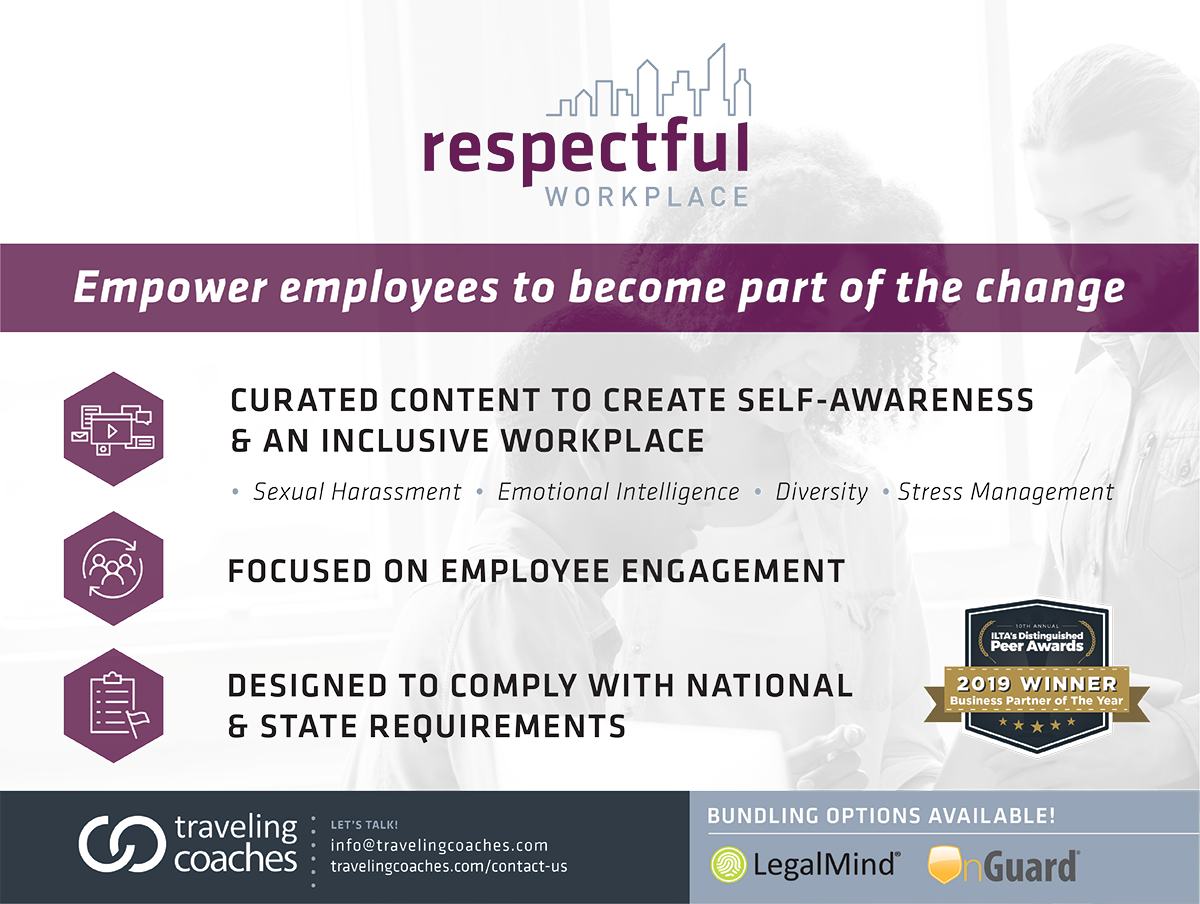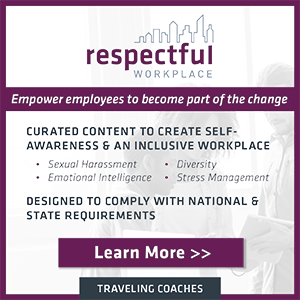“Legal administrators will play a crucial role in developing re-entry policies,” says Angela Pinto, Senior Director of Administration at Los Angeles-based Fisher Phillips, a firm with over 35 offices in 24 states. “The Chief Talent Officer and I have started to discuss the best way to proceed. I have a great team of office administrators who have volunteered to work on a task force dedicated to the issue.”
The multifaceted nature of a successful re-entry initiative is not lost on those in the driver’s seat. “We need to be cognizant of three principles,” says Jack Huddleston, Executive Director of Administration at Thomas Horstemeyer in Atlanta. “The first and foremost one is to ensure employee safety. The second is to address operational necessity. Finally, we need to continue to provide quality client service.”
FEAR ITSELF
Perhaps the greatest challenge will be convincing people the workplace is safe. “There is still a lot of fear out there about returning,” says Debra Gray, Executive Director at Frandzel Robins Bloom & Csato and President of the Greater Los Angeles Chapter of ALA. “Our top challenge is making sure employees trust that firm management is putting good policies and procedures in place to keep everyone safe.”
Given that trepidation, a successful program will require not only the requisite safety measures but also effective communications. “People have a right to be concerned about their safety,” says Timothy B. Corcoran, Principal of Corcoran Consulting Group. “Law firms need to make safety measures known publicly with lots of signage so everyone can work effectively without undue concern about their personal health.”
Safety measures may start with the obvious provisions of sufficient masks, sanitizers, gloves and antiseptic gels. Corcoran advises filling up “goody bags” with such items and handing them out to the staff.
“We need to be cognizant of three principles. The first and foremost one is to ensure employee safety. The second is to address operational necessity. Finally, we need to continue to provide quality client service.”
A successful program, though, must also tackle procedural concerns. Some revered staples of office life may need to be retooled. “Law firms will be asking questions as simple as, ‘Do we use a single-service coffee machine or a group coffee maker?’” says Corcoran. “Or ‘How about an ice maker or an ice dispenser where we can get single servings?’ Then they can go on to more challenging topics such as, ‘Do we have to remove chairs from the conference rooms so people sitting down can remain 6 feet apart?’ or ‘Should we just have one person turn on and off the office lights?’ or ‘Will employees wear masks and gloves in common areas and restrooms?’”
No manageable element of the workplace is out of bounds. Some firms will be taking temperature readings of arriving employees, establishing one-way hallways where possible, and posting signs indicating the occupational status of bathrooms. Others will be requiring social distancing in elevators. Building cafeterias will likely remove their salad bars. And fitness centers — for those firms that had them — will be closed. If the details differ by firm, the larger intent is the same. Says Huddleston: “All things we can control, we have controlled.”
Some safety measures present special challenges. Maintaining the proper distance between workers, for example, will be difficult for firms that have reduced their footprints in recent years. “Firms will have to decide if they need to modify their layouts in order to do social distancing,” says Michael Kemps, Chief Executive Officer at Innovative Computing Systems. “If the staff and the secretaries are normally too close together, for example, perhaps just one secretary will be assigned to come in per day. Or if the work cubes are too close to each other, some will have to be moved.”
Some firms will need to modify their so-called “hoteling” procedures. The term refers to the rotation of temporary workspaces for home-based personnel who float from desk to desk during occasional office visits. This technique, introduced as a response to rising lease costs, may now pose safety risks.
“Firms using hoteling will need to decide how to keep the work areas safe,” says Kemps. “Will staff members with dedicated laptops take them along as they move to various desks in the firm? And will people who use shared equipment be comfortable utilizing the same keyboards and mice?”
Not the least of the challenges is that of communicating the panoply of new procedures to employees who may feel overwhelmed by a long list of dos and don’ts. For Fisher Phillips, the solution recalls an old saying: a picture is worth a thousand words.
“People have a right to be concerned about their safety. Law firms need to make safety measures known publicly with lots of signage so everyone can work effectively without undue concern about their personal health.”
“We are creating a video that everyone will watch before returning to work,” says Pinto. “It will include topics such as proper mask wearing, handwashing and safe workplace procedures. We will also be preparing a similar video for viewing by office guests, such as opposing counsel, clients and candidates for interviews.”
No safety plan can succeed if too many people crowd into the office, placing themselves and others at risk. Many firms are moving to moderate the return flow by bringing back people in stages, even requiring volunteers to obtain clearance from legal administrators. And on the other side of the coin, firms are respecting the feelings of those fearful of an early return.
“Those who are not comfortable coming into the office may continue to work remotely,” says Pinto. “This is especially the case if the kids are out of school and the daycare centers are closed, or if people are caring for elderly family members.”
The bottom line, then, is pacing. “We will have a soft opening, not a hard, everyone-come-back-to-work one,” says Gray.
FUTURE NOW
If the COVID-19 pandemic is changing how law firms operate in the short term, still more modifications will occur over the long term. And many will center on technology.
A successful program, though, must also tackle procedural concerns. Some revered staples of office life may need to be retooled. “Law firms will be asking questions as simple as, ‘Do we use a single-service coffee machine or a group coffee maker?’” … ‘Do we have to remove chairs from the conference rooms so people sitting down can remain 6 feet apart?’”
“Firms will probably be utilizing more cloud-based solutions,” says Huddleston. “And they will be working more in virtual environments with the help of collaboration tools such as Microsoft Teams.” Increased use of docking stations, he says, will allow staff members to migrate from desk to desk and to work from home, employing multiple monitors that can increase productivity.
Indeed, that practice of working from home may be a bit stickier than anticipated. Huddleston feels the pandemic may bring about a change of heart at firms that have resisted the remote labor concept — and he doesn’t think that’s a bad thing.
“Remote work can reduce a firm’s required office space, saving money,” he says. “In addition, it can cut down on commute time with its related environmental impact. Finally, it can increase the job satisfaction of employees who enjoy the flexibility of working from home as circumstances dictate.”
A smaller workplace population may carry with it an unanticipated benefit, says Huddleston — a better signal-to-noise ratio. “Those people who do come into the office may experience a quieter, less distracting environment.”


